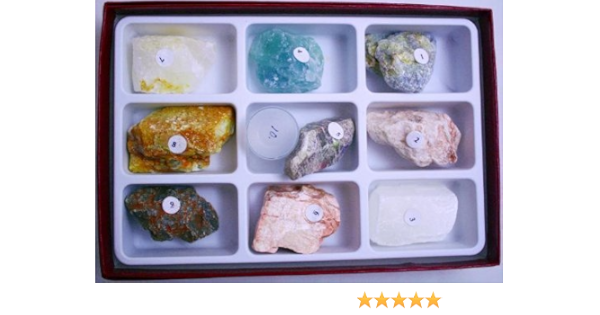Let s start with a little background on both pencil hardness and the infamous mohs scale.
Ceramic mohs scale.
There are ten minerals in mohs scale talc gypsum calcite fluorite apatite feldspar quartz topaz corundum and for last and hardest diamond.
The pencil hardness method was originally developed by pencil manufacturers as a quality control method in the early 1900 s if two different pencils cause the same scratch damage to a coating then they are considered the same hardness simple.
The grading of the scale ranges from 0 to 9 and the h indicates the hardness of that specific grade.
It was proposed by the german mineralogist frederich mohs in 1824.
A scale used to measure the relative hardness of a mineral by its resistance to scratching.
Mohs 1822 in die mineralogie eingeführte und heute noch übliche und zweckmäßige härtebestimmungsmethode nach zehn härtegraden nach der jeder härtegrad durch ein häufig vorkommendes mineral vertreten wird.
And usually we use the scratched method to test the hardness of unknown mineral.
It was created in 1812 by the german geologist and mineralogist friedrich mohs.
So and so s 9h ceramic.
And mohs hardness scale is an international standard to evaluate alumina ceramics hardness.
We ll go into the mohs scale a bit later.
The mohs scale of mineral hardness is a qualitative scale that characterizes the scratch resistance of various minerals through the ability of a harder material to scratch a softer material.
The mohs scale of mineral hardness m oʊ z is a qualitative ordinal scale characterizing scratch resistance of various minerals through the ability of harder material to scratch softer material.
Mohssche härteskala mohs härte ritzhärte von f.
The pencil scale is a test of hardness that helps to explain to consumers how hard the ceramic coating will be once it s cured to the surface.

